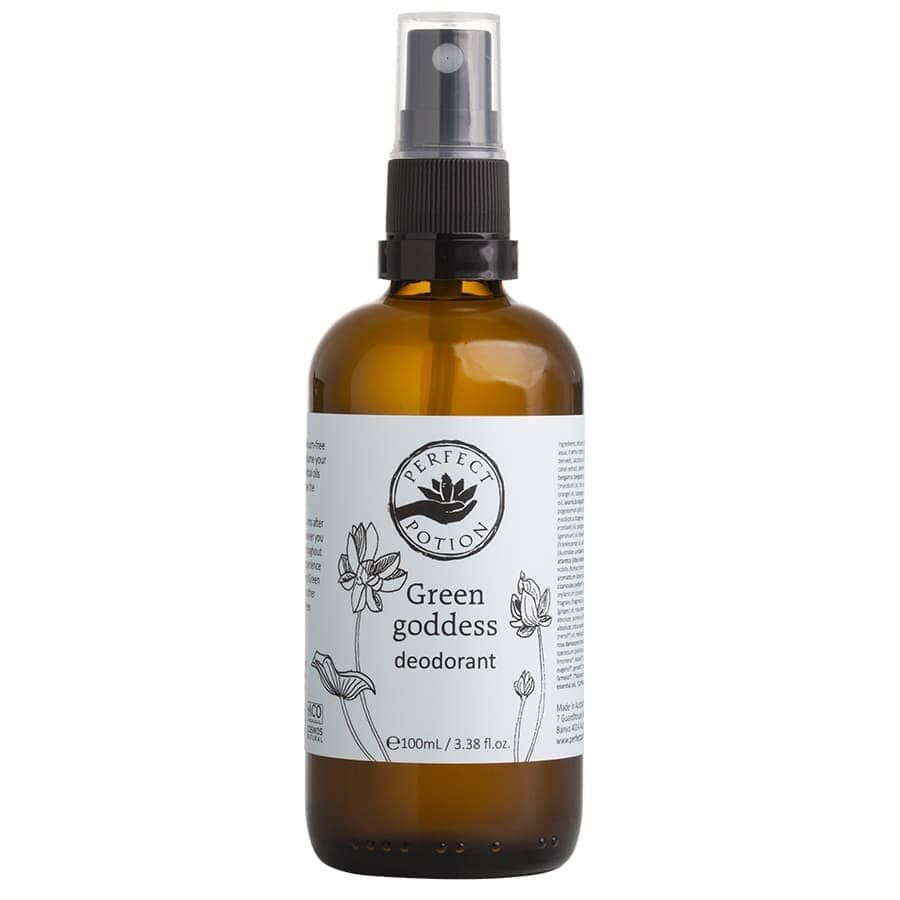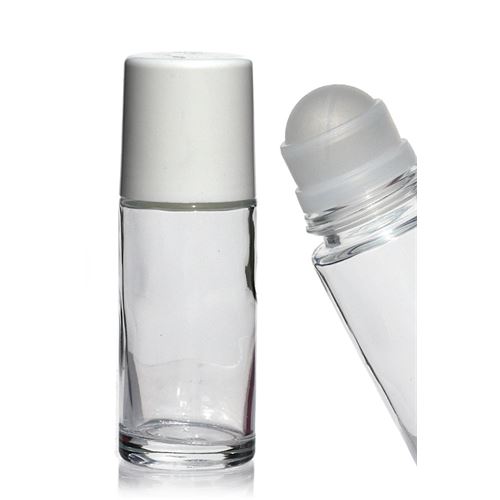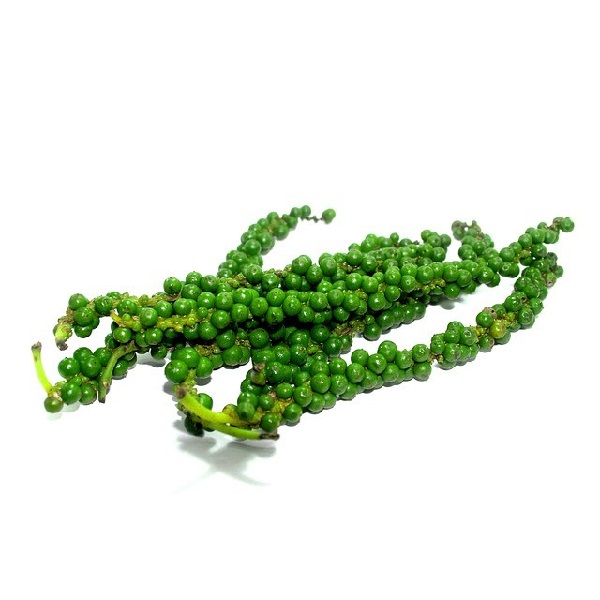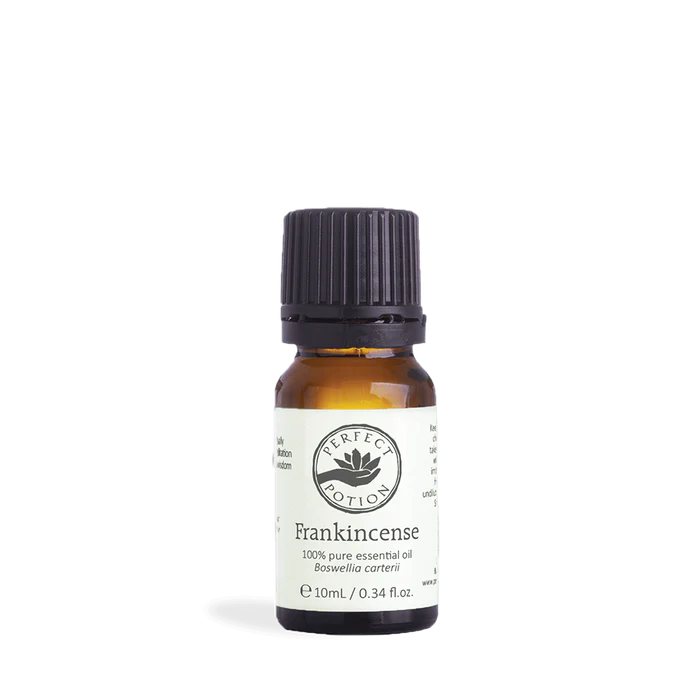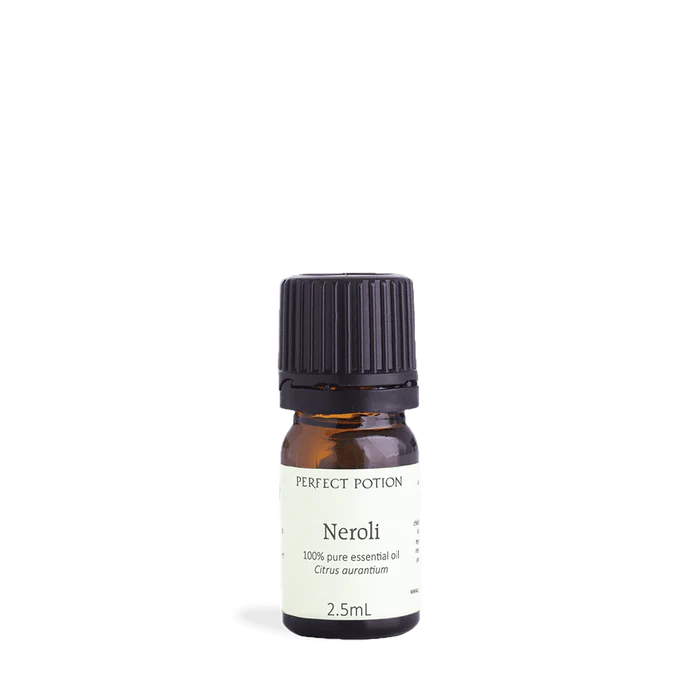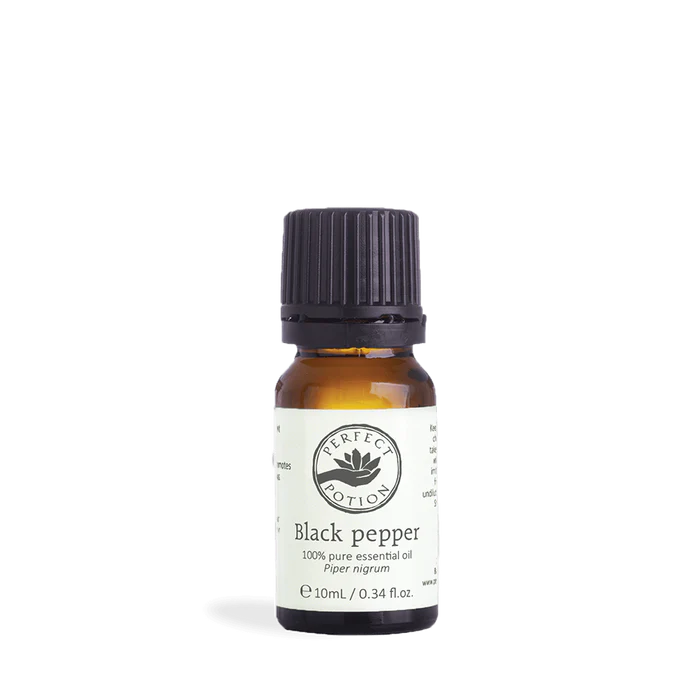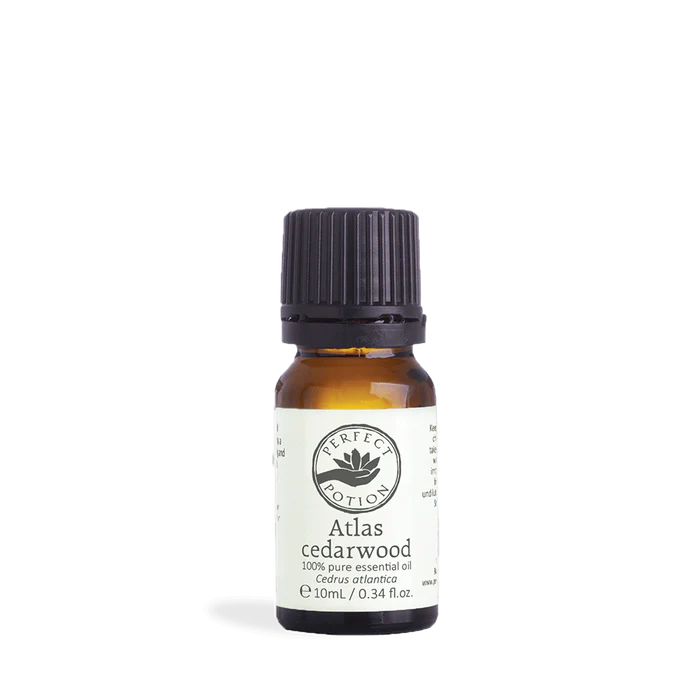Categories
Manufacturers
Featured [more]
Sale: $0.14
Save: 40% off
Sale: $0.14
Save: 40% off
Sale: $0.14
Save: 40% off
Sale: $8.69
Save: 40% off
Latest Amor Blog [View All]
More Information
Asthma, Smoking and Vaping
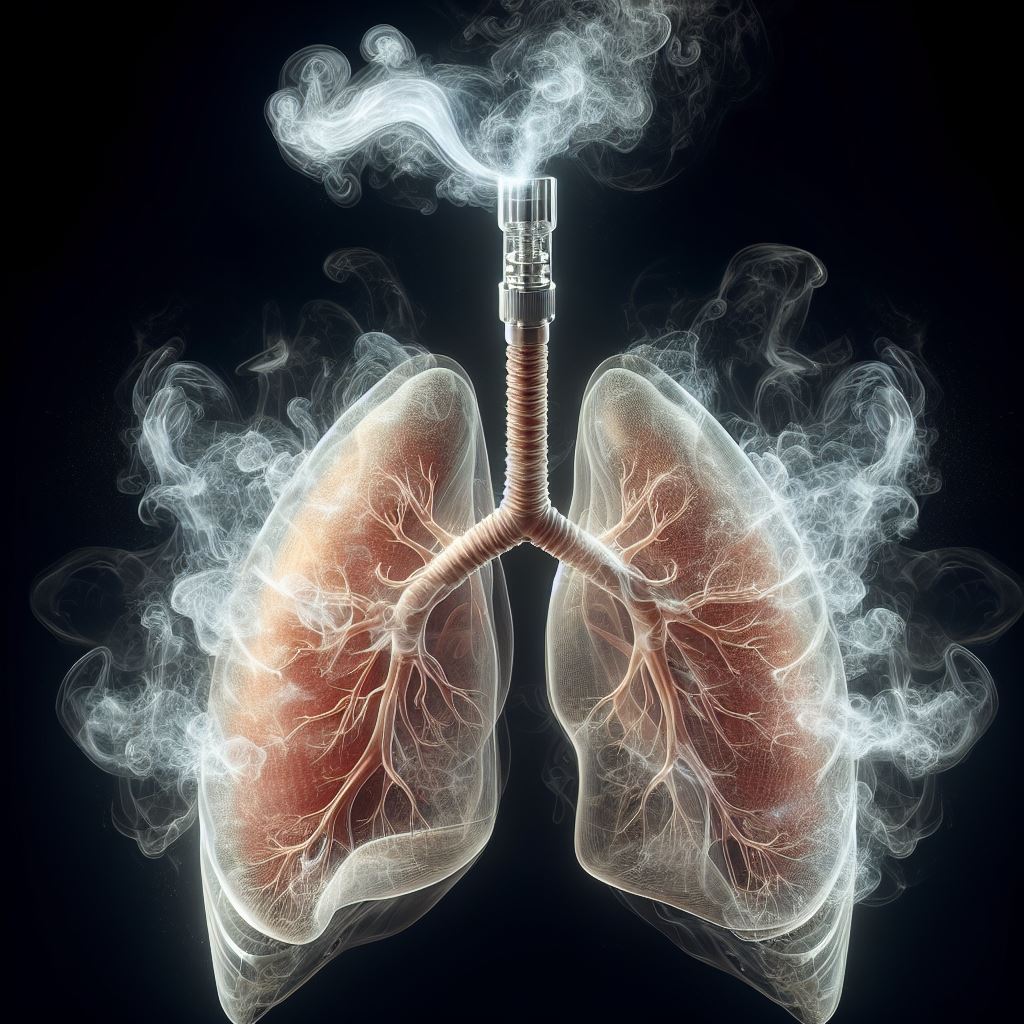
Next month it's World Smokefree May, so let's have a look at Smoking, Vaping and Asthma and how we can keep our lungs healthy, whether we smoke (intentionally or passively) or not.
If you're living here in NZ, you probably know about asthma, as we have quite a high incidence of it, especially in Auckland. And unless you've been living under a rock (or avoid the media like I tend to do), you'll be aware that NZ is concerned about the number of young people taking up vaping, and the number of vape shops that have popped up.
The World Health Organisation (WHO) describe asthma as "a chronic lung disease affecting people of all ages. It is caused by inflammation and muscle tightening around the airways, which makes it harder to breathe. Symptoms can include coughing, wheezing, shortness of breath and chest tightness. These symptoms can be mild or severe and can come and go over time."
We know cigarettes aren't that healthy for us anymore, ironic when you think that less than 100 years ago Doctors were prescribing them for stress. It's not so much the tobacco (that's the addictive component), it's all the other ingredients (more than 600 apparently) and the chemicals with the tobacco. There's over 7000 chemicals in a burning cigarette according to the FDA.
The next ironic part was that vapes were invented so people would smoke less cigarettes... maybe less ingredients and chemicals, however they are not much better for our poor lungs, mainly because they contain propylene glycol (IUPAC name: propane-1,2-diol) and is commonly used in Anti-freeze as well as food flavourings, cosmetics and pharmaceuticals. It has similar properties to vegetable glycerine being a humectant, however the latter is healthier for our digestive systems and skin. Research publications show that constant consumption/absorption of propylene glycol (typically via pharmaceuticals) leads to kidney toxicity and liver damage. Either way, it's not designed to be breathed in, and research is now starting to confirm this as the damage to mice and young people who have never smoked cigarettes shows this up.
What Exactly is Asthma?
Asthma is a chronic lung condition that affects the airways, making it harder to breathe. Here are some key points about asthma:
-
Symptoms:
- Wheezing: A whistling sound when breathing.
- Breathlessness: Feeling short of breath.
- Chest Tightness: Sensation of a band tightening around the chest.
- Coughing: Often more pronounced at night and may involve mucus or phlegm.
- Asthma Attacks: Temporary worsening of symptoms.
-
Causes and Triggers:
- Inflammation: Asthma results from inflammation and muscle tightening around the airways.
- Common Triggers:
- Allergens (e.g., dust mites, animal dander, pollen).
- Smoke, pollution, and cold air.
- Exercise.
- Infections (such as colds or flu).
-
Diagnosis:
- Clinical Examination: Detailed history and physical examination.
- Tests:
- Peak Flow Rate: Measures airway obstruction.
- Spirometry: Assesses lung function.
- Allergy Blood Test: Identifies triggers.
- Methacholine Challenge Test: Detects airway sensitivity.
- Sputum Eosinophils: Counts white blood cells in sputum.
-
Treatment Options:
- Inhalers: Used for quick relief (reliever inhalers) or daily prevention (preventer inhalers).
- Tablets: Some individuals may require oral medications.
- Bronchial Thermoplasty: Reduces airway muscle bulk in severe cases.
-
Self-Care and Prevention:
- Avoid Triggers: Identify and steer clear of triggers.
- Proper Inhaler Use: Learn how to use inhalers correctly.
- Regular Monitoring: Monitor breathing and seek medical attention if needed.
-
Complications:
- Brittle Asthma: Most people can manage symptoms.
- Controlled Asthma: Most people can manage symptoms.
- Uncontrolled Asthma:
- Fatigue.
- Underperformance at work or school.
- Stress, anxiety, or depression.
- Lung infections (pneumonia).
- Delays in growth or puberty (in children).
- Severe asthma attacks (life-threatening).
As Kyle has Brittle Asthma (and has had it since he was 11 months old), here's a bit more about it...


Brittle asthma is a severe form of asthma that stands out due to recurrent, severe attacks despite high doses of treatment. Let’s delve into the details:
-
Types:
- Type 1: Characterized by persistent daily chaotic variability in peak flow (usually greater than 40% diurnal variation in peak expiratory flow rate, or PEFR, more than 50% of the time).
- Type 2: Identified by sporadic sudden falls in PEFR against a background of usually well-controlled asthma with normal or near-normal lung function1.
-
Symptoms:
- Shortness of breath (dyspnea).
- Wheezing.
- Chest tightness.
-
Treatment:
- Type 1:
- Maximized corticosteroids (inhaled or oral).
- Beta agonists.
- Subcutaneous injections of beta2 agonists.
- Inhalation of long-acting beta-adrenoceptor agonists.
- Type 2:
- Allergen avoidance.
- Self-management approaches.
- Identification of the issue (e.g., MedicAlert bracelet) and carrying an epinephrine autoinjector due to unpredictable catastrophic attacks1.
- Type 1:
-
Epidemiology:
- Rare condition with a prevalence of approximately 0.05% among the asthmatic population.
- Most commonly found in individuals between the ages of 18 and 55.
- Type 1 diagnosed in three times as many women as men1.
Remember, if you or someone you know experiences symptoms suggestive of brittle asthma, seek medical attention promptly.
So how do we get our lungs working optimally for us?
Funnily enough other than fresh air, water. Sounds strange when you think that we can drown in water, however, when we drink water we hydrate our body, and our lungs work through gas exchange (oxygen in, carbon dioxide out). By drinking water we keep our respiratory system moist, and our mucosal linings stay thin, which then makes it easier for us to breathe. Hydration also keeps our alveoli (those little sacks of balls in our lungs that look like grapes) moist, so they can do the gaseous exchange more efficiently, and it stops the mucus in our lungs being thick and sticky. Sticky mucus slows down our breathing and makes us more likely to experience allergies and respiratory diseases.
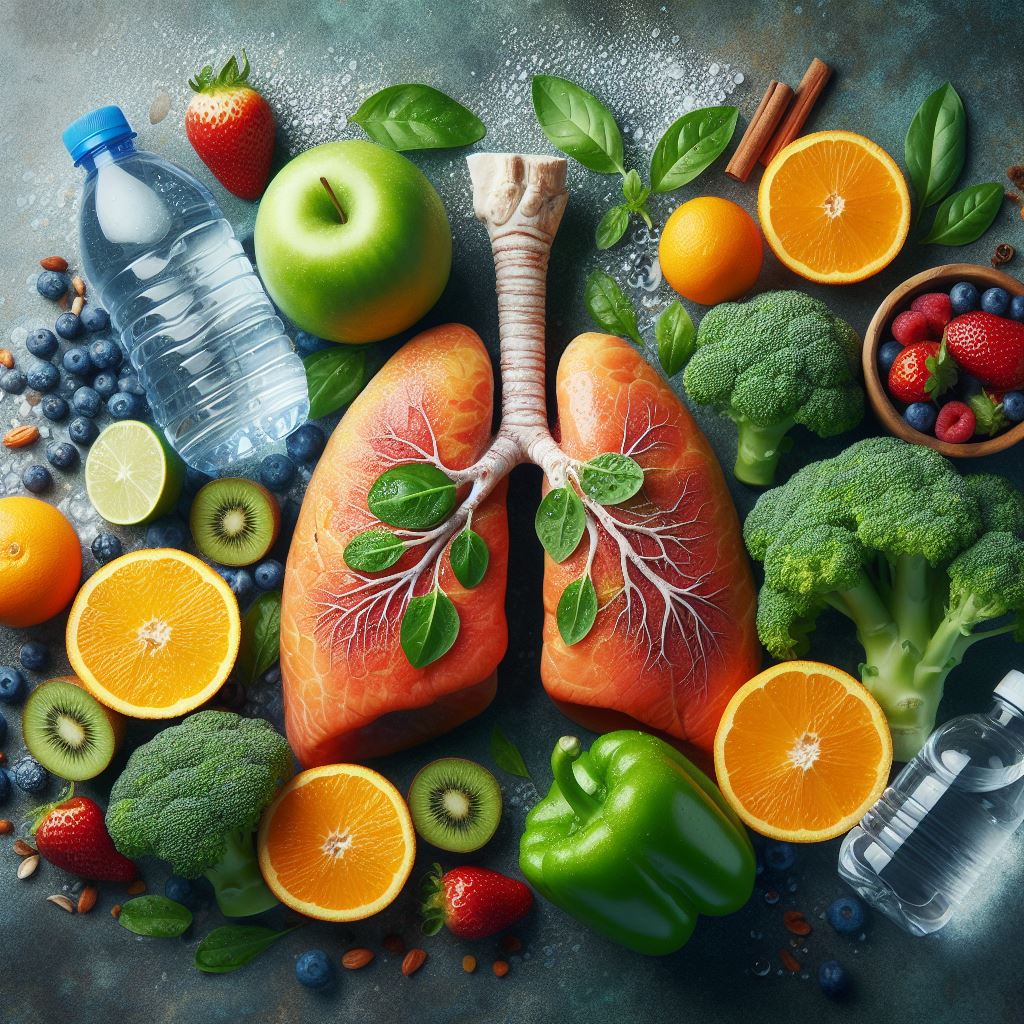
A diet high in fresh fruits and vegetables increases your antioxidant levels, and in the process helps to clear your lungs, more so if they are high in Vitamins A and C.
Some smokers use a steroid inhaler (anti-inflammatory) for their asthma symptoms. Natural anti-inflammatories through our diet are Omega-3 fats, MSM (methylsulfonylmethane), quercitin, zinc, magnesium, ginger and turmeric. Food suggestions are berries, flax seeds, omega-3 rich eggs, garlic, herring/kippers, olives, red onions, mackerel, pumpkin seeds, salmon, sardines.
I don't know about you, however, I think herrings, kippers and mackerel taste disgusting, so my preference is salmon and sardines, usually on toast with avocado and lemon juice for breakfast or lunch. If you like them, Yayy You!
Smoking Withdrawal - how natural therapies can help.
One thing cigarettes do is block the uptake of nutrients in your blood stream, so if you're a smoker/vaper (or even an ex-smoker/vaper in the last 3 years), you'll be wanting to increase the following nutrients to help get you through the cravings process:
- Bicarbonate of Soda 1/4 to 1 tsp dissolved in 100ml of water, 1 hour before your meal during the intial phase of withdrawal - this will reduce the rate of nicotine from your body and reduce your withdrawal symptoms.
- A multivitamin/mineral supplement to help reduce anxiety and/or depression whilst you're withdrawing and for at least 12 weeks afterwards.
- A mitochondrial support supplement to help improve cellular energy and increase the reproduction of healthy cells.
- An adrenal support supplement if it's not built into the multi-vitamin supplement.
- An essential fatty acid supplement to help reduce inflammation as your lungs clean out all the gunk in the bronchioles.
- A flower remedy to help with the emotions
- An essential oil blend to help ease breathing whilst the lungs are cleansing themselves. These are best personalised as the blend can also work with your emotional and physical triggers.
And what did I use back in the day... Cold Turkey and alcohol until I discovered aromatherapy a year or so later, and for me, it was Sandalwood and Sweet Orange to help me feel calm and in control of everything that was out of control around me.
Bibliography:
Chemicals in Tobacco Products and Your Health | FDA
Smokefree Aotearoa 2025 | Smokefree
Zar T, Graeber C, Perazella MA. Recognition, treatment, and prevention of propylene glycol toxicity. Semin Dial. 2007 May-Jun;20(3):217-9. doi: 10.1111/j.1525-139X.2007.00280.x. PMID: 17555487.
Pang H, Kumar S, Ely EW, Gezalian MM, Lahiri S. Acute kidney injury-associated delirium: a review of clinical and pathophysiological mechanisms. Crit Care. 2022 Aug 27;26(1):258. doi: 10.1186/s13054-022-04131-9. PMID: 36030220; PMCID: PMC9420275.
Balch, PA. (2006). Prescription for Nutritional Healing 4th Edition. Avery, USA
Holford, P. (2004) The Optimum Nutrition Bible. Piatkus, UK
Holford, P. (2006) Food is Better Medicine Than Drugs. Piatkus, UK
Li, Y., Yao, J., Han, C., Yang, J., Chaudhry, M. T., Wang, S., Liu, H., & Yin, Y. (2016). Quercetin, Inflammation and Immunity. Nutrients, 8(3), 167. https://doi.org/10.3390/nu8030167
Mager, S. (2014). The Building Blocks of Perfect Health: Vitamins, Minerals, Amino Acids, Fatty Acids, Flavonoids Functions & Dietary Sources. Aracaria Guides Publishing, Australia
Oseicki, H. (1998). The Physician's Handbook of Clinical Nutrition, 5th Edition. Bioconcepts Publishing Ltd, Australia
Oseicki, H. (2002). The Nutrient Bible, 5th Edition. Bioconcepts Publishing Ltd, Australia

